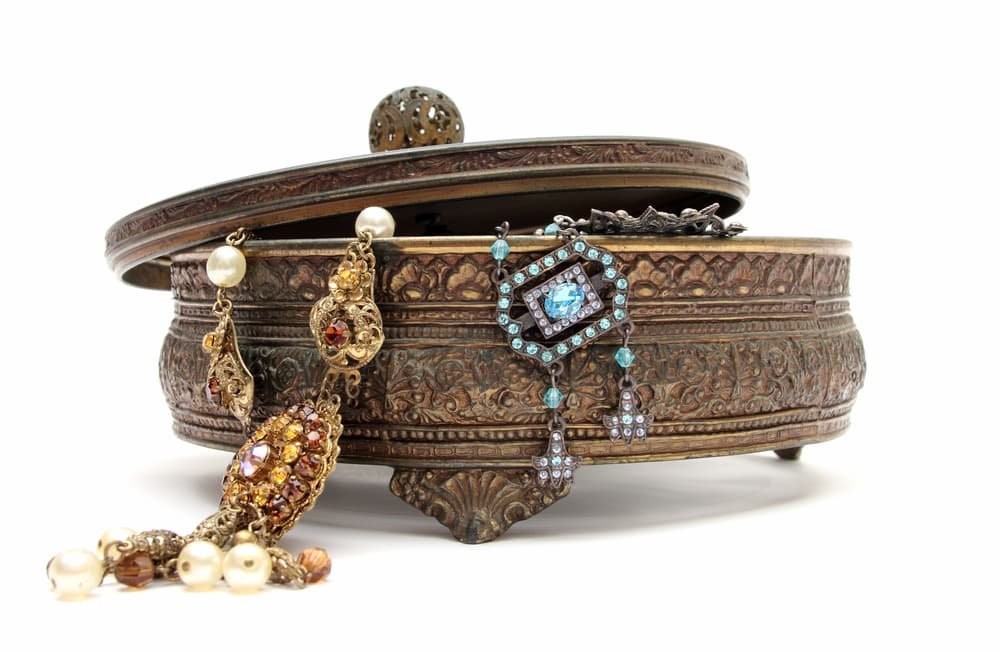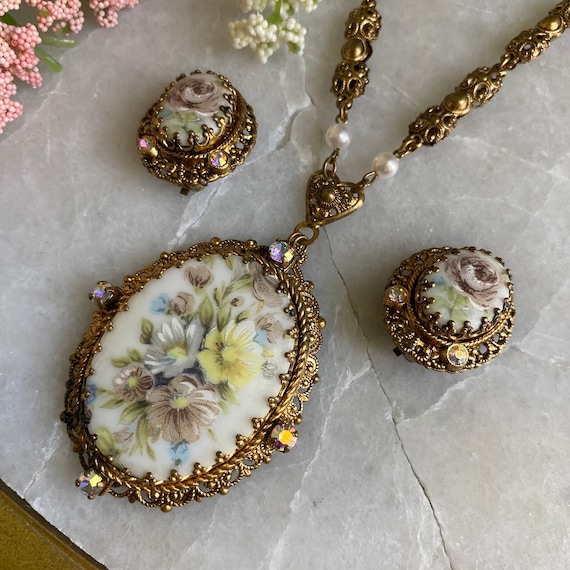Visit top-rated antique jewelry stores austin tx for rare pieces.
Revealing the Attraction of Antique Jewelry: Comprehending Its Different Designs
Antique precious jewelry offers as a fascinating window right into the past, offering understandings right into the social and imaginative subtleties of different periods. Each design, from the stirring details of Victorian precious jewelry to the fluid style of Art Nouveau, encapsulates the beliefs and advancements of its time.
Victorian Period Precious Jewelry
The appeal of Victorian Age jewelry hinges on its elaborate craftsmanship and profound symbolism, mirroring the social values and emotional currents of the time. Spanning from 1837 to 1901, this duration was identified by an attraction with nature, mourning, and romanticism, which profoundly affected precious jewelry style. Jewelry pieces frequently featured intricate concepts, such as flowers, animals, and detailed lacework job, crafted from materials like gold, silver, and gemstones.

Additionally, the technological advancements of the Industrial Change enabled even more complex styles and using brand-new materials, such as diamonds and pearls. This democratization of deluxe made fashion jewelry much more available to the middle course, causing a proliferation of varied styles. Overall, Victorian Period fashion jewelry continues to be an exciting testimony to the complex interaction of art, emotion, and social norms throughout a transformative historic period.
Art Nouveau Creations
Identified by its organic kinds and streaming lines, Art Nouveau jewelry arised in the late 19th and early 20th centuries as an action to the automation and inflexible styles of the coming before ages. This imaginative motion looked for to embrace nature, including elements such as blossoms, leaves, and vines into the layouts. Art Nouveau pieces often featured unbalanced compositions, stressing a sense of movement and fluidity.

The use of innovative strategies, such as enameling and the consolidation of glass, further notable Art Nouveau fashion jewelry from its predecessors. The activity ultimately commemorated uniqueness and artistic expression, making each item a distinct job of art. As a result, Art Nouveau productions remain to captivate enthusiasts today, symbolizing a distinct mix of elegance and nature that continues to be timeless.
Edwardian Duration Pieces
During the very early 20th century, the Edwardian period witnessed an impressive development in precious jewelry style, noted by an emphasis on beauty and luxury. This era, called after King Edward VII, extended from 1901 to 1910 and is defined by the intricate workmanship and fragile looks that specify its pieces.
Fashion jewelry from this duration frequently includes platinum setups, a material that permitted finer and even more intricate styles, boosting the play of light versus the gems. Using rubies was widespread, frequently set up in intricate motifs such more info here as fretwork and flower patterns. Edwardian precious jewelry also embraced the use of pearls, which added a soft, luminescent top quality to the items.
Brooches, necklaces, and jewelry became prominent, showcasing the age's fondness for charming and wayward layouts. On the whole, Edwardian period jewelry continues to be a testimony to a time when artistry and class reigned supreme in the world of accessory.

Art Deco Styles
Arising in the 1920s and thriving with the 1930s, Art Deco designs stand for a vibrant separation from the luxuriant designs of previous ages, welcoming geometric shapes, structured types, and vivid shades. Identified by a sense of modernity, this style movement attracted ideas from various sources, consisting of cubism, old Egyptian motifs, and the dynamic appearances of the machine age.
Art Deco fashion jewelry often features strong contrasts, integrating materials such as platinum, gold, and colored gems to produce striking aesthetic results. Using intricate patterns and motifs, including zigzags, chevrons, and floral aspects, showcases the workmanship of the moment. Especially, the period also saw the introduction of check out this site new techniques such as enamel work and the use of synthetic stones, expanding the possibilities for imaginative expression.
Pieces from this duration often exhibit beauty and elegance, making them extremely demanded by collection agencies and lovers alike. Art Deco fashion jewelry serves not only as a reflection of its time but also as a testament to the enduring allure of its cutting-edge layouts. It holds a substantial location in the history of antique jewelry, commemorated for its special style and social value.
Retro and Mid-Century Styles
Retro and Mid-Century designs, covering from the 1940s to the 1960s, stand for a vibrant period in precious jewelry style that reflects the optimism and development of post-war culture. antique rings austin. Defined by strong layouts and the usage of ingenious materials, this age saw a separation from the detailed outlining of previous designs, accepting instead a more spirited and exuberant visual
Jewelry from this period typically features big, colorful gems, including citrine, aquamarine, and tourmaline, embeded click for info in yellow gold-- a material that gained prestige due to its cozy tones and malleability. The styles frequently integrated whimsical themes such as flower patterns, abstract types, and geometric shapes, catching the spirit of modernity and flexibility that specified the age.
Noteworthy designers like Cartier and Van Cleef & Arpels made substantial contributions to Retro and Mid-Century designs, developing pieces that incorporated workmanship with creative style. The influence of Hollywood appeal during this time led to an enhanced need for declaration jewelry, making it a necessary device for the fashionable elite. Collecting Retro and Mid-Century fashion jewelry today uses fanatics a peek right into a transformative duration in history, characterized by imagination and cultural development
Final Thought
The expedition of antique precious jewelry discloses a vibrant spectrum of styles, each embodying the cultural and creative subtleties of its particular age. From the psychological deepness of Victorian styles to the ingenious spirit of Retro items, these artifacts function as essential historical narratives. Understanding the distinct qualities of each period enhances gratitude for the craftsmanship and significance behind these adornments, solidifying their status as not just attractive things yet likewise useful connections to the past.